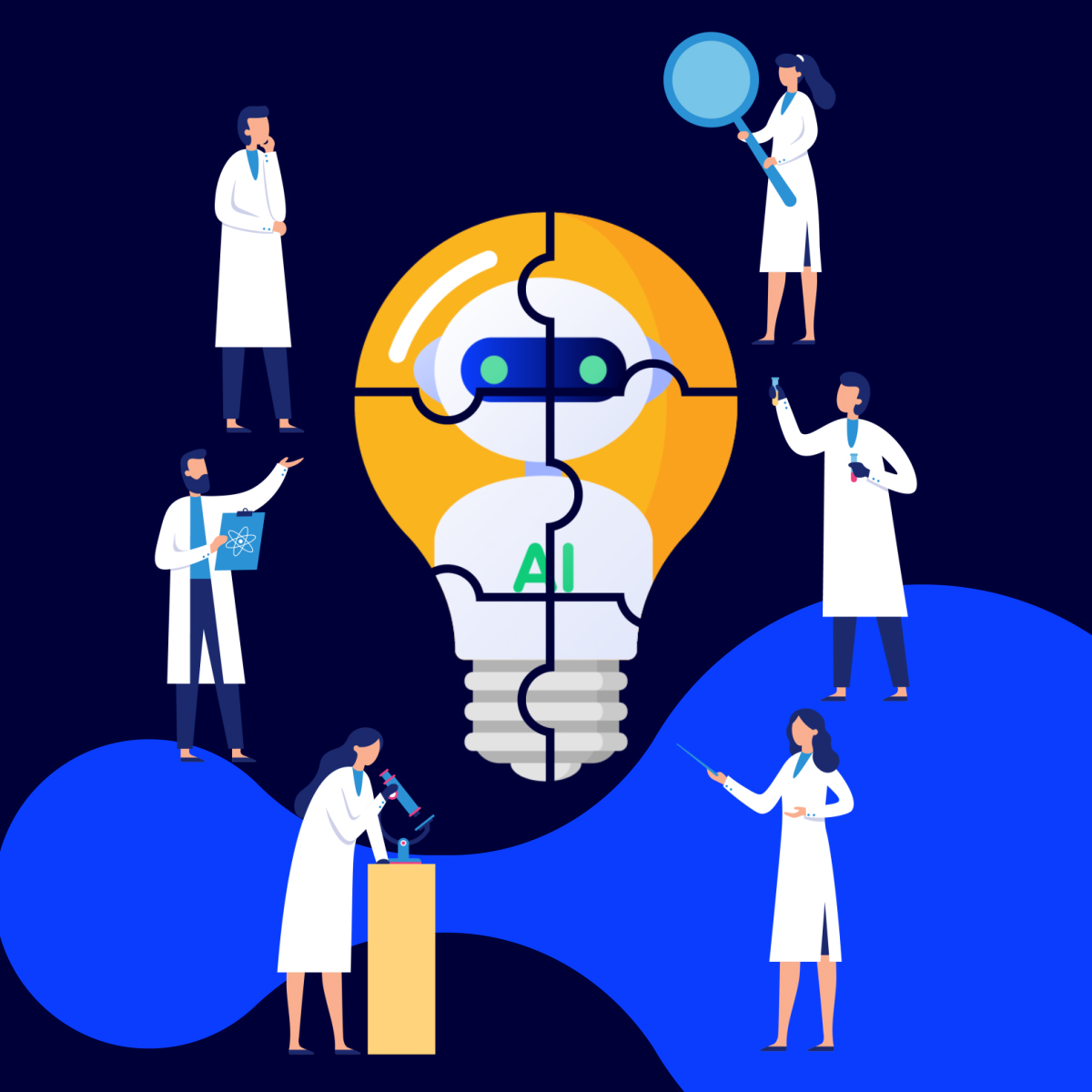
The integration of artificial intelligence (AI) and natural language processing (NLP) technologies, such as GPT (Generative Pre-trained Transformer), has revolutionized research and development (R&D) processes across various industries. GPT-enhanced R&D ecosystems offer tremendous opportunities for innovation, efficiency, and knowledge discovery. In this article, we will explore seven best practices for building a GPT-enhanced R&D ecosystem that maximizes its potential and drives successful outcomes.
1. Define Clear Objectives and Research Questions
Start by clearly defining the objectives and research questions that you aim to address using GPT-enhanced R&D. Identify the specific areas where AI can augment your R&D processes, such as data analysis, literature review, or hypothesis generation. Having well-defined objectives will guide the implementation and utilization of GPT effectively.
2. Curate High-Quality Data
Data quality is paramount in building an effective GPT-enhanced R&D ecosystem. Curate and validate your data sources to ensure accuracy, relevancy, and comprehensiveness. High-quality data will enhance the performance and reliability of GPT models, leading to more accurate insights and predictions.
3. Train and Fine-tune GPT Models
Invest time and resources in training and fine-tuning GPT models specifically for your R&D domain. Tailor the models to understand the specific language, terminology, and nuances of your industry. By training GPT on relevant datasets and fine-tuning it to your specific needs, you can achieve higher precision and relevance in generating insights and recommendations.
4. Foster Collaboration between AI and Domain Experts
Effective collaboration between AI experts and domain experts is crucial for a successful GPT-enhanced R&D ecosystem. Encourage interdisciplinary collaboration to bridge the gap between technical expertise and domain knowledge. Domain experts can provide valuable insights to refine GPT models, interpret results, and validate findings, while AI experts can optimize the technical implementation and ensure seamless integration.
5. Ensure Ethical Use of GPT
Responsible and ethical use of GPT is essential to build trust and credibility. Establish guidelines and protocols to address potential biases, privacy concerns, and ethical considerations associated with AI-generated content. Regularly review and audit the outputs to maintain transparency and accountability in the GPT-enhanced R&D ecosystem.
6. Continuously Learn and Improve
Embrace a culture of continuous learning and improvement within your GPT-enhanced R&D ecosystem. Regularly evaluate the performance and impact of GPT in your R&D processes. Gather feedback from users and stakeholders to identify areas for improvement and refine the system over time.
7. Stay Updated with Advancements in AI and NLP
The field of AI and NLP is rapidly evolving, with new advancements and techniques emerging regularly. Stay informed about the latest developments and breakthroughs in these areas. Explore how new models and algorithms can enhance your GPT-enabled R&D ecosystem, allowing you to leverage cutting-edge technologies and stay ahead in your industry.
By implementing these best practices, organizations can harness the power of GPT to revolutionize their R&D processes. A well-designed and effectively implemented GPT-enhanced R&D ecosystem can drive innovation, accelerate discoveries, and unlock new opportunities for growth and success.
